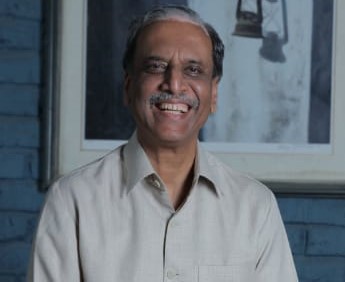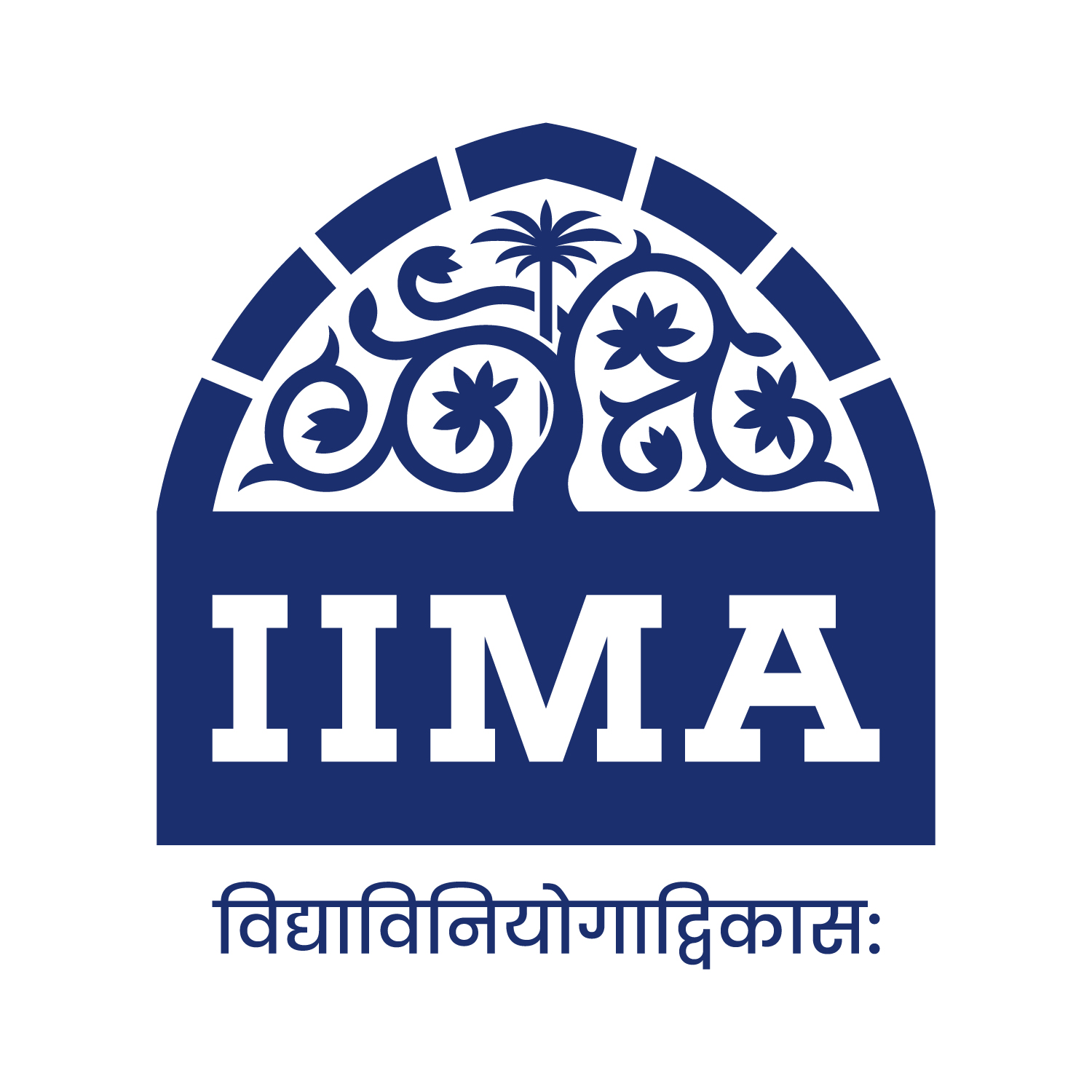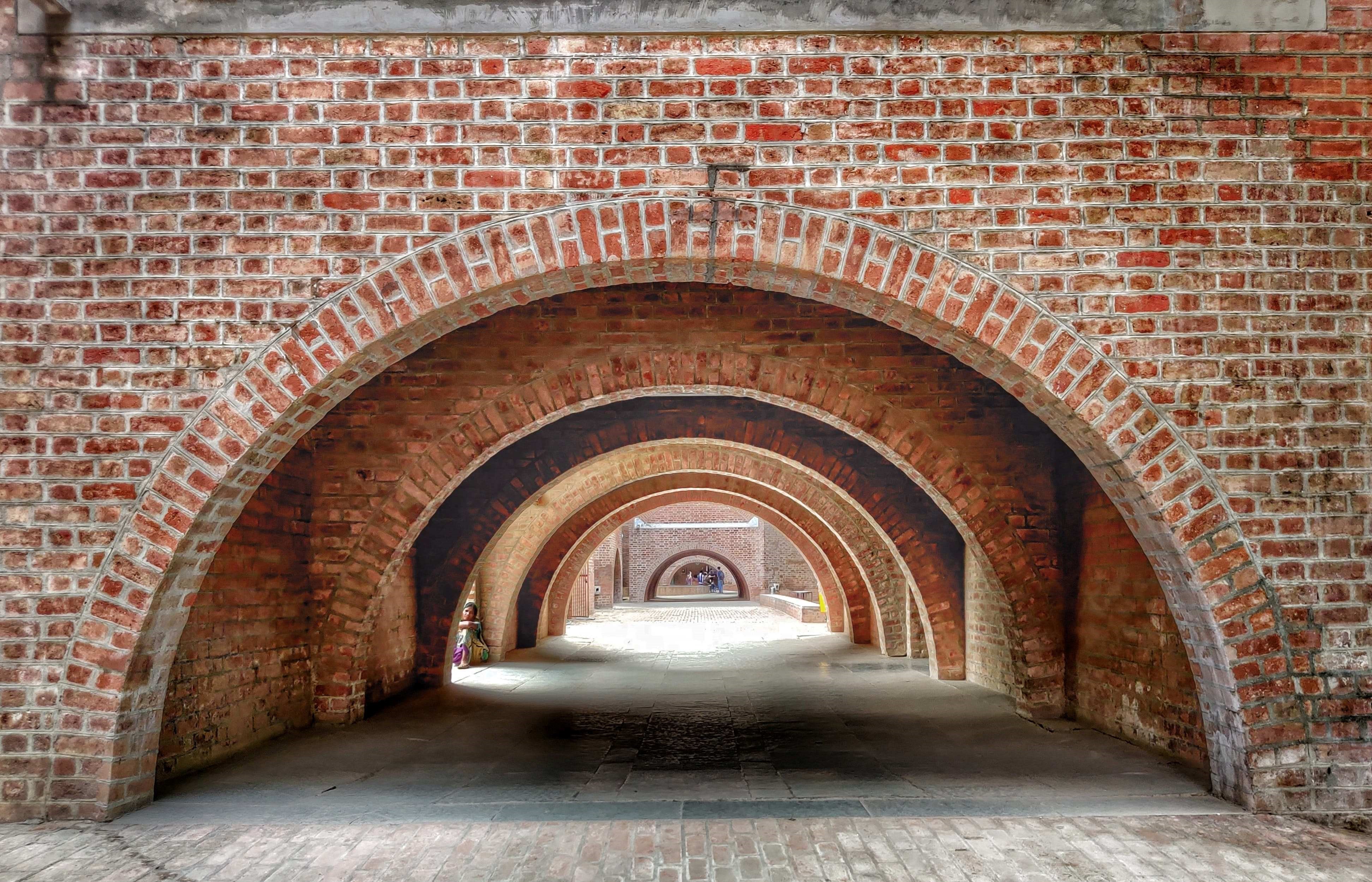10 Ideas for Improving Governance in India

10 Ideas for Improving Governance in India
By J K Dadoo, PGP 80, IAS 1983

I wrote the book ‘100 Ideas to Improve Governance in India’ to suggest to the government what practical improvements can help India’s day-to-day governance. These thoughts had been churning in my mind for several years, based on my intensive experience of about 35 years as a member of the Indian Administrative Service, posted in five different Union Territory governments and two long stints of seven years each, with the Ministries of Defence, Commerce & Textiles, Government of India.
With a foreword by then Commerce Minister Suresh Prabhu, my book was launched in Delhi, and four other metros in India in 2019. Arun Wakhlu PGP 1980, my batchmate, reviewed it for WIMWIAN in its Feb 2019 edition, remarking, “View these 100 ideas like the coloured pieces of glass in a kaleidoscope…shake it and new combinations of possibilities open up.”
As of today, the government has implemented 75 of these ideas. I will concisely spell out 10 of the remaining 25 ideas below, which have a huge potential for success.
- Convert temple Gold stock into a Flow by monetising idle gold, and curb 600-700 tonnes of gold imports annually. Total accumulated gold over centuries in our 100 top public places of worship, is estimated at 10,000 tonnes conservatively. Annual donations in these religious places exceed ₹ 100 crores with 10% coming in gold form. This stock of mammoth proportions is lying either in temple vaults or bank vaults, for the sake of security and sanctity.
My idea, shared with our PM, is to form a four-member high-powered committee with members from RBI, SBI, and SEBI and led by senior finance ministry officials, to talk to the temple trusts in confidence. They have to be convinced to part with just 5-6 tonnes of each temple stock annually, in return for cash or bonds or any other acceptable financial document. This stock of gold melted in our refineries, can then be released to our jewellers, thereby saving $ 30 billion of valuable foreign exchange by obviating the need to import gold at all. The only challenge is to convince the temple trustees that the income tax department will not come into the picture, as all temple gold has been donated.
- Tap solar rooftop potential in 6000 block towns as Varanasi‘s official estimated rooftop solar power generation potential is 676 MW. Extrapolating this to all towns gives staggering statistics. The national target of 40 GW can be far exceeded to 100 GW by 2022-23, and our carbon footprint targets can be achieved by this alone.
All buildings beyond a particular size are sites for this idea, whether government or private entities. It is 100% environment-friendly, cost-competitive, and 10 months of sunshine across India as a major god’s gift, and all it requires is a ‘mission-mode’ visionary leader. I suggest a telecom-like movement, to become a world leader in clean energy, through solar rooftops, with good battery storage possible, to replace both nuclear and thermal energy.
- Cross subsidy in education for inclusive growth is best reflected in Odisha. Kalinga Institute of Technology (KIIT) run by MP Samantha, charges market fees to 25000 students or more, enrolled in engineering, medical, MBA, and technical education fields. Surplus generation from KIIT is used to fund 25000 or more in Kalinga Institute of Social Sciences (KISS), with free tuition, boarding and lodging, from kindergarten to PG.
My book carries the idea that the fixed cost of replicating this model for 1000 disadvantaged sections of students is about ₹ 25 crores and the annual operating cost is about ₹ 10 crores. With CSR funding, MPLAD and MLA allocated expenditure, it is easily possible to cover at least 600 blocks or 10% of all towns in the country annually. In 10 years you can cover all 6000 blocks and depending on the need, both funds and student numbers can be enhanced. This again is an idea whose time has come, I strongly feel.
- Relief in indirect tax has been provided in the last budget but recognising the value of the Laffer Curve, my suggestion is to keep income tax rates as follows for better compliance:
10% from ₹ 5to 10 L,
15% from 10-15 L,
20% from 15-20 L,
25% from 20-30L
30% above 30 L with no cess or surcharge, to make it simple for the common man. Huge time, technology and effort must be invested into ensuring that real estate agents, diamond and gold dealers, traders in all big markets of India, lawyers and doctors are not able to wriggle out of the tax-net by outsmarting them with data analytics.
- Inventory management of public land is grossly missing in most states and union territories including Delhi. An expert had suggested a proper land audit nationally. I am simplifying that through land inventory creation, by all revenue authorities in India. This should include huge land parcels gifted in the past to PSUs, defence, railways and ports so that these can be monetised to generate enormous revenues and prevent large-scale encroachment. MMRDA took the lead and converted 13 acres of prime land in Mumbai to create the Bandra Kurla Complex, earning thousands of crores annually. Delhi too has done well to implement my idea, and converted areas occupied by hutments of the British era, in New Delhi, into plush office complexes in the last four years. Each State government needs to replicate this transformation.
- CSD Canteens cater to 13.5 million defence personnel, working and retired, covering 4500 products, served through 34 depots to over 4000 outlets situated all over their establishments. 650 suppliers are registered and turnover exceeds ₹18,000 crores with a 1% operating margin, and dividend to the government of about ₹ 250 crores annually.
My suggestions are related to professionalising inventory management, creating depots in all 28 States and 8 UTs, and market research to ascertain fast and slow-moving items or adding new products. Digitisation of stock in each outlet to send red flags for replenishment from depots, hub and spoke model to cater to heavy demand cities, and digital payments to suppliers, will ensure that efficiency and effectiveness are ushered in. Online ordering facilities can quadruple the turnover if organised like other private players.
- eNAM Portal or online national agricultural market was started in 2017 to bring all 585 wholesale mandis under it. The idea was to show the stock position online of all agricultural products so that big buyers could pick up in bulk, mills get the required quantity timely for processing and farmers get the best prices. While a lot has been achieved in states like Andhra Pradesh where 1 crore bids were received annually. Other states are lagging in doing the requisite backstage work.
My suggestion is to create hard and soft infrastructure quickly in all states to get all Mandis online. Professional storage and transport facilities should be created and an e-payment system for farmers, so that there are no shortages of any agricultural products, as we experience every year.
- Olympic Gold medals have eluded India for decades. My idea is to geographically identify the country as 6000 odd blocks, and ask the Tehsildar in each block, to identify three most promising sportspersons from his small territory‘s schools and colleges, listing 18,000 outstanding boys and girls. District Magistrates can test and prune the list to 10% or 1800 outstanding ones, in their sports events. Chief Secretaries can take the initiative, for the first time, and select one likely winner from each of the 760 odd districts.
Sports Authority of India then can pick this 760 pruned & spotted talent, and give them the best overseas training at a rough budget of ₹ 1 crore each, to be supplemented if necessary, by MPLAD scheme funds of the concerned MP of the area.
I’m confident, with 35 intense years of administration, that 2-3% of these or 15 to 20, will bring us the yellow medal. Even if you reduce it to 1%, to be conservative, you have 7-8 gold medals annually–an unprecedented achievement. Silver and bronze will supplement the total medal tally.
- Sansad Adarsh Gram Yojana was started in 2014 with 703 out of 793 MPs agreeing to identify gram panchayats for holistic development. Sadly, only 3154 gram panchayats have been activated out of 2.5 lakh gram panchayats in India. About 204 MPs have actively participated, and 2.3 lakh projects have begun, of which nearly 1.6 lakhs are completed.
My suggestion is to use the National Council of Applied Economic Research (NCAER) or The National Council of Applied Economic Research (NIRD) to create village development plans based on felt needs and speed up optic fibre connectivity in all the gram panchayats. I recommend a third-party evaluation and roping in Microsoft (which has done a sample ‘smart village’ in Maharashtra) to create ‘smart villages’. While government orders have been issued to extend all 26 Central sector schemes and 1800 state-level schemes to be adopted in these villages, progress is slow as the stakeholders have little or no voice beyond the election date. Hence intervention at the highest level is required to energise all 793 MPs to take this up seriously to realise Gandhiji’s dream of an equitable India.
- Enterprise Europe Network (EEN) is a conglomeration of 625 business support organisations from 62 countries now, for matching business opportunities for Micro, Small & Medium Enterprises (MSMEs). Industry bodies, the Federation of Indian Export Organisations and Confederation of Indian Industry were tasked to interact with this large body and tap into their powerful database for our millions of MSMEs that contribute 30% to GDP. Yet only 6 networking events have happened in the last 5 years and real potential has not been appreciated.
My suggestion was to enlist the support of all sector MSMEs in India so that they could upload the profiles in which they are interested, and arrange for joint ventures/transfer of technology/ distributorship of products etc. The 40-odd export promotion councils of the commerce ministry, 160-odd embassies abroad and industry bodies could all become enablers to speed up trade and commerce.
I remain optimistic that the above 10 and the remaining 15 ideas painstakingly culled from my research and experience will eventually see the light of day in this decade.




Sorry, the comment form is closed at this time.